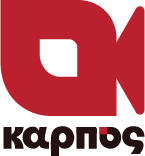Designing Interdisciplinary workshops
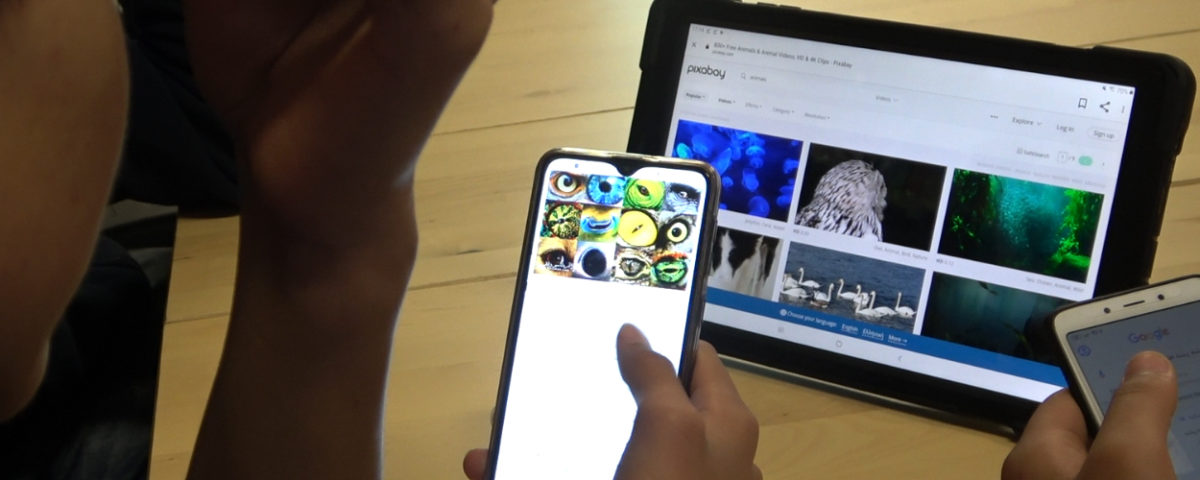
By Maria Leonida
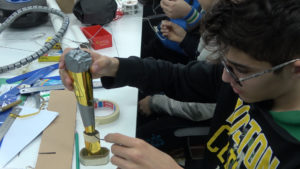
All European projects are a small adventure and a learning path. Our involvement with Steamulate Your School, brought forward the following questions:
-What are the necessary steps to merge knowledge and methods from two disciplines, one of which would touch on sciences?
-How can a media educator add a critical point of view in the use of technology and digital media which are now widely used by so many fields?
-Regarding teachers and students which competencies could we aim to develop?
The idea of mixed media workshops is very welcome today however “‘Interdisciplinarity” has become an ambiguous and slightly misleading term; people appear to have quite different ideas of what it means (Otondo, 2013). As mentioned by Wassertstrom, interdisciplinarity has become a ‘fuzzy’ and sometimes misleading term (Repko 2007: 131).
This is due to the fact that people have different views and ideas of what it is and how it should be put into practice. An interesting definition of interdisciplinary is offered by Klein and Newell: Interdisciplinary studies may be defined as a process of answering a question, solving a problem, or addressing a topic that is too broad or complex to be dealt with adequately by a single discipline and profession.… and draws on disciplinary perspectives and integrates their insights to produce a more comprehensive perspective. (Repko 2007: 132)
Of course a systematic attempt to integrate and combine is not easy. In the context of art practice-based courses the confusion between interdisciplinary and multidisciplinary approaches is common and leads to misleading arguments about the real nature of an interdisciplinary approach and teaching strategies.” (Otondo).
Taking into account that the majority of the Steamulate Your School team has a background in Humanities, Media, Design and Visual arts, (one has an ICT background and one in Product design), we all went through a research phase trying to investigate scientific areas which would, in some ways, offer opportunities to engage with artistic qualities. Our role was to create a path through these fields, combining the point of view of an informed youth worker, an educator, an artist, a (digital) media expert. Our own curiosity and lack of expertise in Natural and Formal Sciences was a delicate but useful guide to reach the point of view of the learner. In our digital times, where schools still struggle to identify and practice interactivity and disciplines are mainly treated as self contained areas -at least in formal curriculum-, we tried to connect less noticed fields. Especially we found interest in aspects of natural sciences.
These themes, offer a model for getting to know better and in a more systematic way, aspects of everyday experiences which are often noticed but not explained. Also they are connected to a direct, tactile, trans-generational experience of the world: from understanding harmony in Nature to how our eyes work and from observing the perfect and functional patterns in animals’ bodies to the sizes and distances of stars.
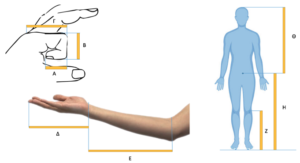
For each and every workshop we consulted teachers (e.g. of Natural Sciences, Mathematics, Biologists etc.), educational guidelines or existing lesson plans, forums, specialized sites and informal articles, video tutorials made by renown organisations (NASA, Universities, BBC, Ted ed., SciToons, museums, teachers of Physics), seeking information about the scientific topics. Our trainers say “it was difficult to combine nature knowledge with media” and “the main challenge was to put in order all the information, and write an interesting project for the students. A project that will not be like a routine narration but it will be also be interactive and interesting all the way” or, as another trainer reports, “I tried to make the tutorials as understandable as possible with a pedagogical progression”.
Our aim was to offer a new window to these scientific fields and reveal the value of artistic practice in learning. Certain scientific values were brought to the surface and combined with the interest of young generations in digital interfaces, connectivity and mobility. I had “to find the good key among visual arts, pedagogical approach and youth interests and lives”, testifies another team member. These aspects would offer a fresh look to understanding existing “school” content or phenomena combined with creating new works and relationships among student groups.
Our approach involved a historical overview of the phenomena and research on inventors and scientists, as well as connection with literary forms (myths and storytelling). Finally, associated these to artistic or cultural achievements which lead to a spherical, interdisciplinary attitude. Drawing and handcrafting are also connected to Apps and software in a very smooth and interconnected way. Going from the craft to the digital was an important axis of the design: e.g. a self made carton box becomes the “home” of a modern smartphone in order to project a video for the whole student group through a dismantled old style lens.
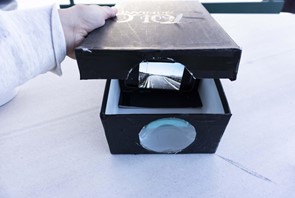
This process aims to bring teachers closer to methods and projects that contribute to new approaches, promoting transversal methodologies. Our role as media educators was to browse, choose, experiment and apply a variety of Apps, software and open-source materials that can support teachers both in the development of their digital skills, the investigation of new teaching pathways, as well as develop the competencies of their students. Our role can also be seen as repurposing Apps and software in a wider context of learning and media literacy.
See the teasers of our Workshop on the Golden Ratio in collaboration with a mathematician and listen to our design intention of the workshops around Optics and Cinema!
Bibliography
Otondo, F. (2013), “Using spatial sound as an interdisciplinary teaching tool”, Journal of Music, Technology & Education, Volume 6 Number 2, pp 179-190
© 2013 Intellect Ltd Article. English language. doi: 10.1386/jmte.6.2.179_1
Repko, A. (2007), ‘Interdisciplinary curriculum design’, Academic Exchange Quarterly, 11: 1, pp. 130–37.
Digital Competences Areas / The Digital Competence Framework for Citizens by the Joint Research Centre (JRC), the European Commission’s science and knowledge service (2017) https://ec.europa.eu/jrc/en/digcomp/digital-competence-framework
